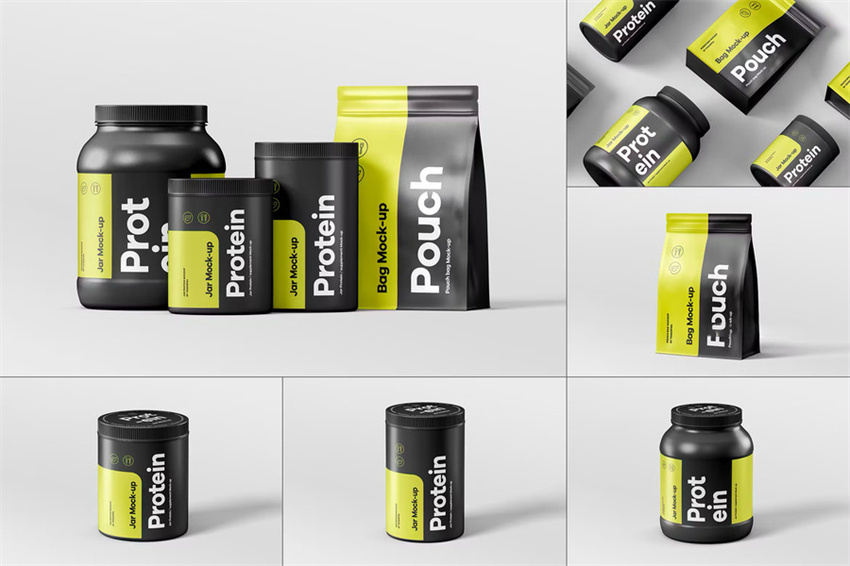Source: Link Testing Instruments Co.,Ltd.

1. What performance should be focused on in the finished packaging of bagged nutritional powder?
(1) Sealing performance - prevent the finished packaging from leaking due to poor sealing. This can be verified through a sealing performance (negative pressure method) test.
(2) Sealing strength of the heat seal - prevent the finished packaging from leaking or breaking due to leaking or excessive heat sealing. This can be verified through a heat seal strength test.
(3) Resistance to internal gas impact - prevent the packaging from breaking due to poor resistance to gas impact. This can be verified through a bursting pressure test. Through a series of tests, the parts of the packaging with poor pressure resistance can be found.
(4) Drop resistance - prevent the packaging from breaking when it falls. This can be verified through a drop resistance test.
(5) Pressure resistance - prevent the packaging from breaking when it is stacked or squeezed by external force. This can be verified through a pressure resistance test.
(6) Gas component content in the package - For nitrogen-filled or modified atmosphere packaging, the proportion of gas components in the package has an important impact on the shelf life of the nutritional powder. This can be verified by headspace gas analysis test.
2. Why do finished product packaging such as nutritional powder bag become deflated?
Quality issues: After a certain volume of gas is filled in the packaging, the finished product packaging such as nutritional powder becomes deflated after being stored for a period of time.
Cause analysis:
(1) Packaging materials
• Poor barrier properties - packaging materials have poor barrier properties to internal gases, such as nitrogen and carbon dioxide, which leads to excessive loss of internal gases and the occurrence of deflated bags.
• Poor rubbing resistance - for aluminum-plastic composite roll film or aluminum-coated composite film, if the rubbing resistance of the packaging material is poor, it is easy to cause pinholes, creases, etc. under external rubbing during the transportation and sales of the product, resulting in reduced barrier properties of the packaging material.
(2) Finished product packaging processing
• Poor sealing - if the heat sealing effect of the finished product packaging is poor or the sealing of the bag surface is poor, the problem of deflated bags will occur during the mutual squeezing and stacking of the products.
Expert advice:
——Pay attention to the monitoring of the main performance of the package, such as nitrogen permeation, carbon dioxide permeation, oxygen permeation, oxygen permeation after kneading or nitrogen permeation after kneading or carbon dioxide permeation after kneading, heat sealing strength, sealing performance (negative pressure method).
——Improve the heat sealing process and improve the heat sealing effect; improve the quality of existing packaging, or choose packaging materials with high barrier properties and good kneading resistance.
Typical quality cases:
——Test sample: aluminum-plastic composite packaging bag for protein powder packaging (customers reported that the amount of gas inside the packaging was significantly reduced after the product was stored for a period of time).
——Targeted testing items: oxygen permeation, oxygen permeation after kneading, heat sealing strength, sealing performance (negative pressure method).
——Test results: Oxygen permeability is 0.1891 cm3/(m2∙24h∙0.1MPa), with high barrier properties; after rubbing, penetrating pinholes appeared on the surface of the sample, with poor rubbing resistance, and unable to achieve the gas barrier effect; heat seal strength is 36 N/15mm, with high heat seal strength; in the sealing performance (negative pressure method) test, at -40.5 KPa, air leakage occurred at the fold of the bag. Therefore, the poor rubbing resistance of the package leads to poor sealing of the package, which is the main reason for the reduction of gas in the package.
3. Why do canned protein powder and other nutritional powders or granules have lumps and a "rancid" smell?
Quality issues: Finished canned protein powder and other health-related nutritional powders or granules often have quality problems such as lumps and a "rancid" smell during the shelf life.
Cause analysis:
(1) Packaging materials
• Poor barrier properties - packaging materials have poor barrier properties to gases such as water vapor and oxygen in the environment, resulting in a large amount of water vapor and oxygen in the environment penetrating into the packaging, causing protein powder and other nutritional powders or granules to clump and have a "rancid" smell. In a high temperature and high humidity environment, the gas permeability will increase. This can be verified by monitoring the oxygen permeability and water vapor permeability performance.
(2) Finished product packaging process
• Poor sealing - if the sealing of the packaging can is poor, the gas in the external environment will gradually penetrate into the packaging from the weak seal, causing the product to clump and have a "rancid" smell.
Expert advice:
- Pay attention to the monitoring of the main properties of the packaging material, such as oxygen permeability, water vapor permeability, and sealing performance.
——Choose can materials with good barrier properties to improve the sealing effect of finished cans.
Typical quality cases:
——Test samples: protein powder packaging (the can body is a paper-aluminum-plastic composite sheet, the can bottom and can lid are tinplate and aluminum foil respectively, and customers reported that the product had a "rancid" smell).
——Targeted test items: oxygen permeability, sealing performance (negative pressure method).
——Test results: The oxygen permeability is 0.0153 cm3/(m2∙24h∙0.1MPa), which can meet the shelf life requirements of protein powder; in the sealing performance (negative pressure method) test, the finished packaging of protein powder leaked at around -30 KPa, indicating that the sealing of the packaging can is poor. Therefore, poor sealing is the main reason for the "rancid" smell of the protein powder.
For more details please visit www.linktesting.org